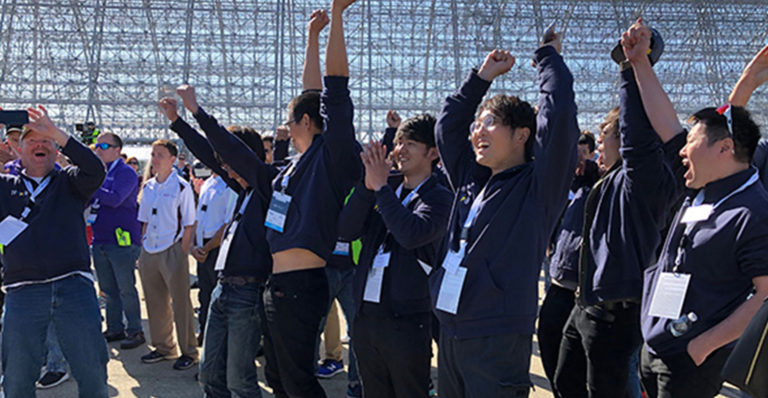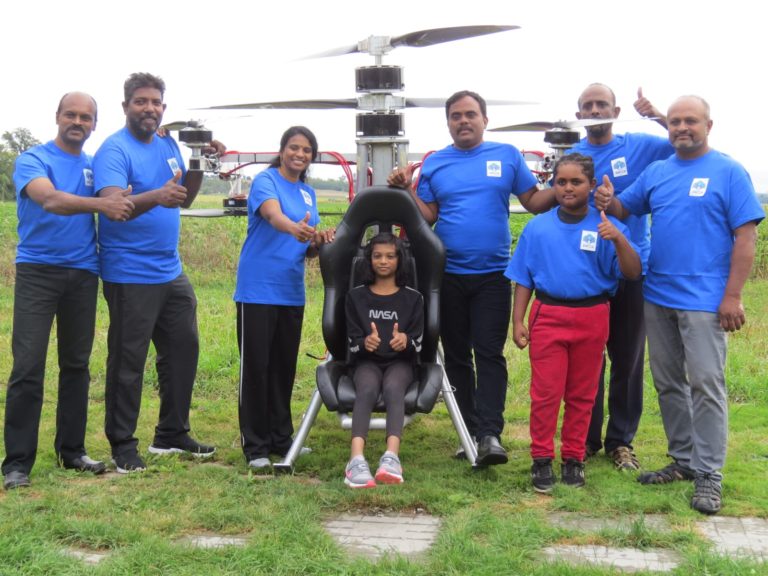Editor’s Note: Over the next two years, we’ll be hosting a series of GoFly Master Lectures where industry experts share advice, insights, and answer questions from anyone interested in participating in the GoFly Prize.
For the latest in our series of “Master Lectures,” we welcome Roger Connor of the Smithsonian Institution, where he curates a number of collections, including vertical flight, unmanned aircraft systems, aircraft instruments and avionics, air navigation, and air traffic control. Connor is an experienced fixed wing commercial pilot with over 4,000 hours of flight time. He has held flight instructor certificates in the United States and United Kingdom, holds a seaplane rating, and served as a designated private pilot examiner for the UK CAA. He was awarded Associate Fellow status by the American Institute of Aeronautics and Astronautics for his work in support of the American Helicopter Society’s history endeavors. He co-authored In the Cockpit II: Inside History-Making Aircraft of World War II and is currently writing a book on Virginia Aviation. Watch the full lecture above, and read on for Connor’s take on vertical flight’s lowering cost structures and the importance of understanding the context in which a technology exists. If you have follow-up questions, check out current discussions about design on the GoFly forum or start your own thread!
GF: Tell us about one discovery or success that you are particularly proud to have been part of.
RC: I was able to tell the previously untold story of the first helicopter military helicopter pilots to sustain regular flight operations. While the story of the first helicopter pilot in combat (Burma, May 1944) was well known, his legacy was limited to a handful of flights in a less than two-week period. My efforts established the first significant use of helicopters for medical evacuation (Philippines, June-July 1945), to including the awarding of a long overdue Air Medal to one of the first participants.
GF: Why do you think the GoFly competition is important for aerospace innovation?
RC: Competitions and prizes have long been a hallmark of successful innovation in the modern era. The aerospace market in particular has become (understandably) risk averse due to the enormous investments associated with new military and commercial technologies. As emergent technologies are allowing many previously impractical approaches to succeed, now is the time to encourage new innovators and entrepreneurs to explore these avenues, while the barriers to entry are still low.
GF: As a veteran with decades of experience in aerospace, what excites you most about the future of vertical flight?
RC: Previously, vertical flight has only succeeded in areas where existing infrastructure has posed a significant barrier to expeditious movement. The significant lowering of vertical flight’s cost structures combined with the failure of existing systems of infrastructure to match capacity with growth means that the third dimension will become increasingly important even for societies where it had not been economically viable in the past.
GF: What was the best piece of advice you received in your career that might be particularly helpful to GoFly participants?
RC: Understand the community for which you are designing. Technology does not exist in vacuum. It is socially constructed. People will layer their own meanings onto what you are designing. You need to understand how not only immediate users will see the technology, but all those who participate in the community. What are their concerns, hopes, and visions?








